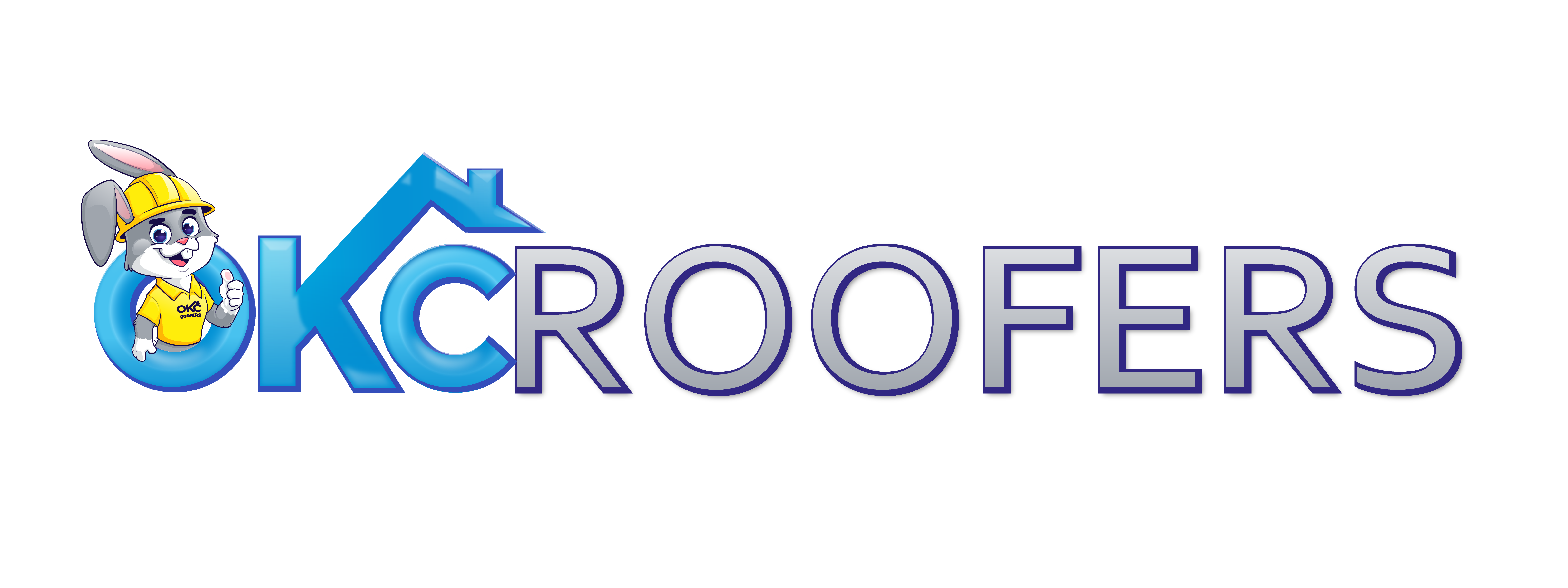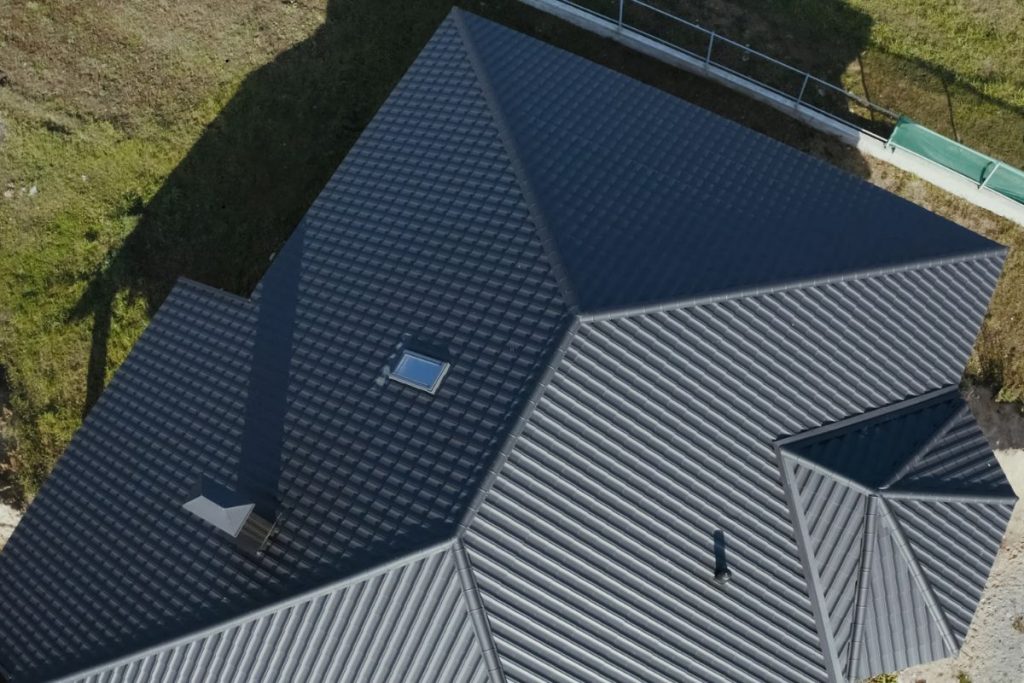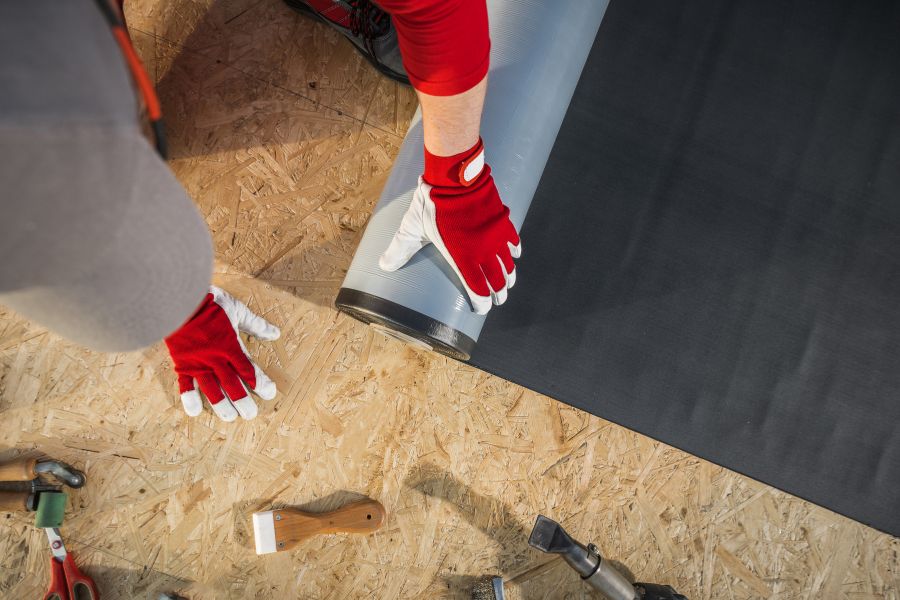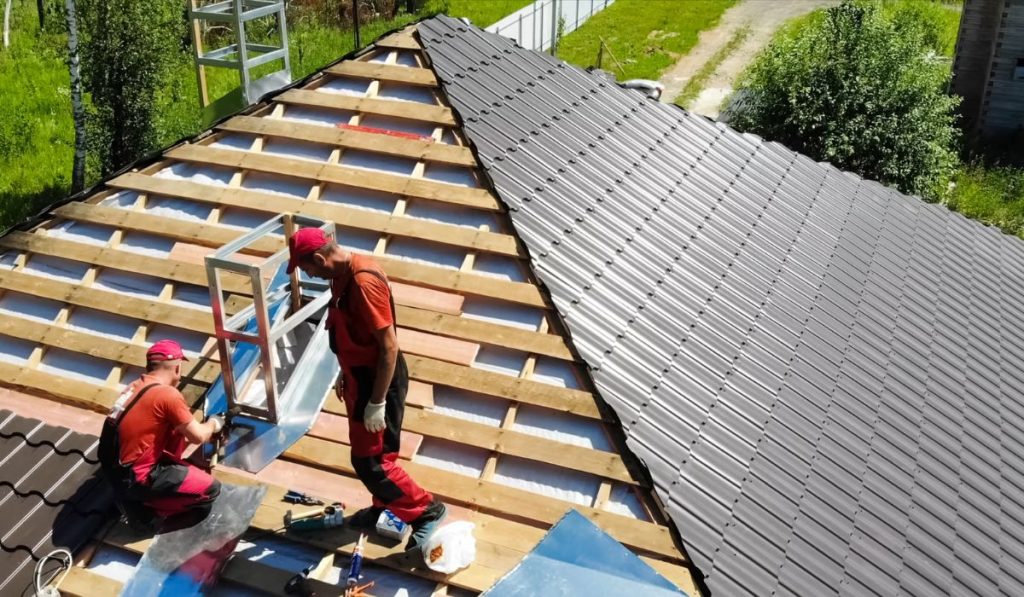Metal roofing isn’t just about picking a colour or finish. One of the biggest questions people have is simple: how wide is it? The width matters because it affects how fast installation goes, how strong the roof is, and even how the finished look comes together.
Most panels follow standard sizing, but there’s still room for variation depending on the style and manufacturer. If you’re planning a build, knowing your options upfront saves you from wasted cuts, extra costs, and rookie mistakes.
This guide breaks it down in plain English, so you’ll know exactly what to expect before you start measuring, ordering, or installing. Think of it as your cheat sheet to making smart roofing decisions without the stress.
What’s the typical width range of metal roofing panels?
Most metal roofing panels are 24–36 inches wide, with variations depending on style, profile, and manufacturer.
Key Takeaways
- Metal roofing panels usually range from 24–36 inches wide.
- Corrugated panels: 24–26 in, Standing seam: 12–24 in, R-panels: 36 in.
- Wider panels = faster installs, fewer seams.
- Narrower panels = detailed look, tighter seal.
- Roof design, material, profile, and climate all affect ideal width.
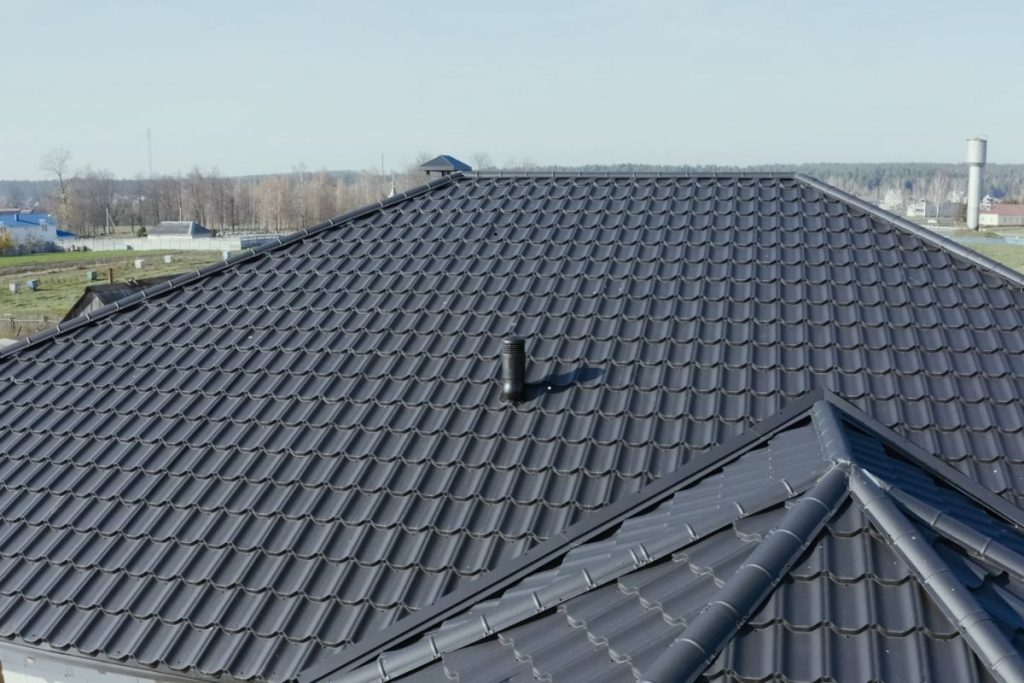
Understanding Metal Roofing Panels
Metal roofing panels come in different widths, but most fall between 24 and 36 inches. The actual coverage is usually less, since edges overlap for a tight seal.
That overlap matters – proper metal roofing overlap keeps water out and gives your roof a polished, uniform look. Wider panels mean fewer seams, while narrower ones offer more detail.
If you’re picking panels, think about balance. Do you want a sleek, modern finish with wide sheets or a classic vibe with more lines? The right width isn’t just about fit, it’s about style too.
Standard Widths of Metal Roofing Panels
Most metal roofing panels fall into a pretty tight range, so you’re not dealing with guesswork. The standard width is usually between 24 and 36 inches. That means each panel covers two to three feet across your roof.
Why the difference? It depends on the style you pick. Corrugated panels often lean toward 24–26 inches, while standing seam panels usually run closer to 36 inches. Wider panels cover more ground quickly, but narrower ones give you more flexibility around tricky roof shapes.
The good news? No matter which you choose, the sizing is designed to fit into modern builds without leaving you hanging. So if you’re sketching out costs or planning install time, knowing the width upfront helps you order smarter and avoid surprise gaps. Think of it as knowing your shoe size before dropping cash on a fresh pair.
Factors That Influence Panel Width
Roof Style: Your roof’s design decides a lot. Steeper pitches often call for narrower panels to keep the fit clean and water tight. Simpler, low-slope roofs can handle wider runs without fuss.
Material Type: Steel, aluminium, and copper panels don’t all size up the same. Some metals can flex into wider panels without warping, while others look sharper in slim cuts.
Panel Profile: Ribbed, corrugated, or standing seam—each profile has its own sweet spot. Corrugated usually runs narrower for strength, while standing seam flexes wider for that sleek modern vibe.
Local Climate: If you’re in storm alley or snow country, panel width matters. Narrower panels lock tighter and reduce risk of buckling, while wider panels suit calmer zones.
Budget and Aesthetics: Sometimes, it’s not about science—it’s about the look. Wider panels cover faster and can be cheaper to install. Narrow ones bring that crisp, high-end detail.
Benefits of Different Panel Widths
Panel width isn’t just a numbers game, it changes how your roof looks and performs. Narrow panels (think 12–18 inches) flex a sleek, modern vibe and make smaller spaces feel more structured.
Go wider, like 24–36 inches, and you cut down on seams, which means faster installs and fewer spots for leaks. These big panels also work well on larger barns or garages where scale matters.
Mid-range widths hit the sweet spot for homes, balancing cost, speed, and style. So whether you’re chasing clean lines, durability, or budget wins, panel width gives you options to match the drip you’re after.
Common Metal Roofing Profiles and Their Widths
Metal roofing isn’t one-size-fits-all. The profile you pick decides not only the look but also how wide each panel runs. Here’s the quick breakdown.
Corrugated panels (26–36 inches): These are the OG metal panels, with that classic wavy shape. Their wider spans make them perfect for barns, sheds, and garages where budget and coverage matter more than sleek aesthetics. Think rustic vibes with solid performance.
Standing seam panels (12–24 inches): This is the “premium” look, the one you’ll spot on modern homes and high-end builds. The narrower widths give those crisp, vertical lines that scream clean and contemporary. They also lock in tighter, which makes them tougher against leaks.
R-panels (36 inches): If you’ve seen big-box stores, warehouses, or industrial buildings, odds are you’ve seen R-panels. Their 36-inch width makes installation faster on large surfaces, and they deliver durability without being fussy.
Each profile has its lane. Whether you’re chasing modern curb appeal, a budget-friendly fix, or industrial-grade coverage, the width tells you exactly where it fits best.
How to Choose the Right Panel Width for Your Roof
Picking the right panel width isn’t just about looks, it’s about function too. Wider panels cover more space fast, which can save you money on labour.
Narrower panels, on the other hand, give you tighter seams and a cleaner, more detailed finish. That’s clutch if you want a sharp, architectural vibe.
Think about your roof’s slope, your budget, and how much maintenance you want later. The sweet spot usually balances style with practicality, so your roof looks good and works hard without draining your wallet.
Cost Implications of Panel Width
Panel width plays a bigger role in cost than most people realise. Wider panels usually mean fewer seams, less labour, and a quicker install. That can keep overall expenses down.
On the flip side, narrower panels can bump up the look but might take more time and materials. Think of it as balancing style and speed. Your final cost won’t hinge on width alone, but it definitely tips the scale in either direction.
Measuring and Ordering Metal Roofing Panels
Before you order panels, grab a tape and measure your roof’s length and width. Add a little extra so you’re not scrambling for scraps mid-install. Panel widths vary, so confirm the exact coverage size when ordering.
Most suppliers cut panels to your roof’s length, which keeps seams clean and reduces leaks. Expect costs to shift depending on the width and gauge you pick, but knowing your numbers upfront keeps the process smooth and budget-friendly.
FAQs on How Wide Is Metal Roofing?
1. What’s the standard width of metal roofing panels?
Most panels run between 24 and 36 inches wide, depending on style and brand.
2. Do all roofing types come in the same width?
Nope. Corrugated panels are usually narrower, while standing seam options often come wider.
3. Does panel width affect installation speed?
Yes. Wider panels mean fewer seams and faster installs, which can cut labour costs.
4. Can I customise the width for my project?
Some manufacturers offer custom sizing, but most people stick to stock widths for budget and speed.
5. How do I choose the right width?
Factor in your roof size, design vibe, and budget. Wider panels = sleek look, narrower = more traditional lines.
Conclusion
Metal roofing widths aren’t one-size-fits-all. From sleek panels to rugged corrugated, the right fit depends on your project and style. Measure your space, know the panel options, and pick the size that keeps your build sharp and functional without wasting cash.
